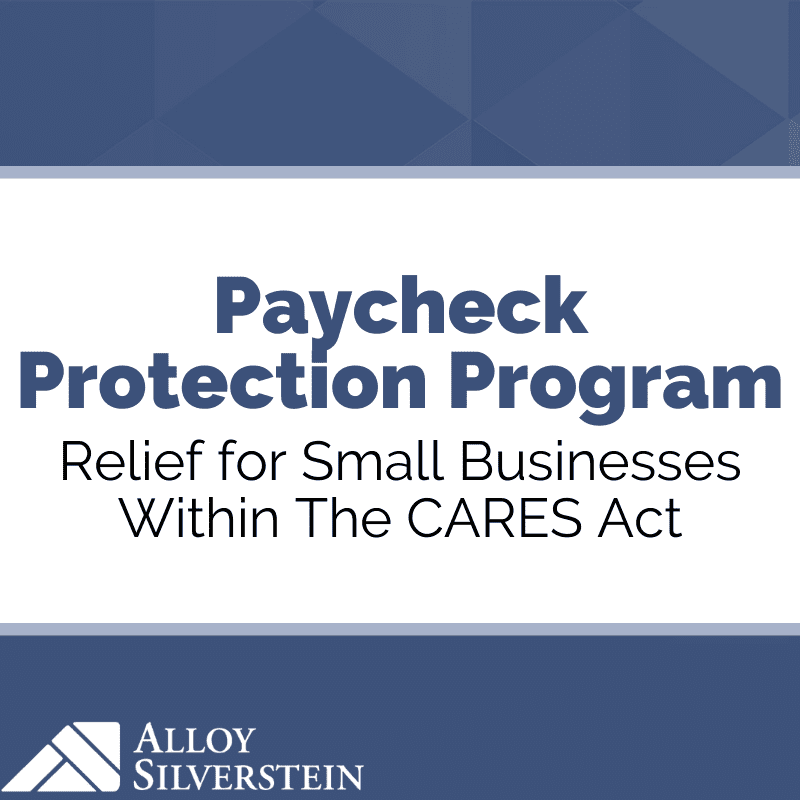

The Coronavirus Aid, Relief, and Economic Security (CARES) Act allocated $350 billion to help small businesses keep workers employed amid the pandemic and economic downturn. Known as the Paycheck Protection Program, the initiative provides 100% federally guaranteed loans to small businesses.
New: See Paycheck Protection Program FAQs →
Importantly, these loans may be forgiven if borrowers maintain their payrolls during the crisis or restore their payrolls afterward.
The administration soon will release more details including the list of lenders offering loans under the program. In the meantime, the U.S. Chamber of Commerce has issued this guide to help small businesses and self-employed individuals prepare to file for a loan.
Here are the questions you may be asking—and what you need to know.
1) Am I eligible?
2) What will lenders be looking for? (and what lenders will *not* look for)
3) How much can I borrow?
4) Will this loan be forgiven?
Just announced on March 31, the U.S. Treasury and SBA released the final application and following overview of the Program:
Starting Friday, April 3, small businesses in the U.S. can apply for loans through the Small Business Administration (SBA) to help stay afloat during the COVID-19 pandemic. The Paycheck Protection Program (PPP) provides loans of up to $10 million to qualified small businesses. Better still, some or all of the PPP loans will be forgiven if a business meets certain criteria.
Who Qualifies
If your business was open on or before February 15, 2020 and has 500 or fewer employees or independent contractors for whom the business paid salaries, compensation and payroll taxes, you qualify. Businesses with more than 500 employees are eligible in certain industries. One such example is the hospitality and food sectors that have multiple locations. These companies can have up to 500 employees per physical location.
Good faith certification required
In addition to the aforementioned qualification criteria, in order to participate in the PPP program a business is required to certify the following:
Attractive loan provisions
This loan has very few strings attached compared to other SBA loans.
How funds are used is important
These loans are meant to help your business stay afloat during the pandemic. In addition to using the funds for payroll you can use them for:
Loan forgiveness is the key
What makes this loan unique is that if you keep your employees hired, some or all of the loan will be forgiven. There are many parts to the calculation of the forgiveness, but the primary two are employee retention and at least 75% of the forgiven loan amount must be used for payroll.
But even if you lay off employees, there are clauses that allow you to rehire those employees.
Check with the source
The rules and application of the rules is rapidly changing. So check with your bank and visit Small Business Administration paycheck program for more up-to-date information.








Wondering the difference between the CARES Act’s Paycheck Protection Program and the SBA’s Economic Injury Disaster Loan? See our comparison chart, which has been updated with the Treasury’s recently announced rates and terms.
Get in touch with an Alloy Silverstein accountant and advisor for assistance.
Empowering business owners and individuals in South Jersey and Philadelphia to feel confident through proactive accounting and advisory solutions.